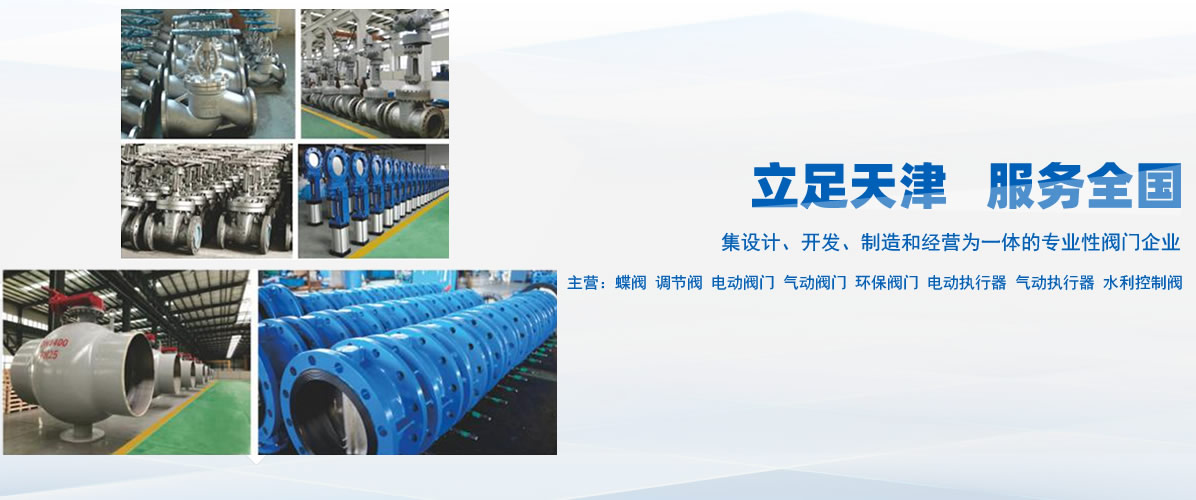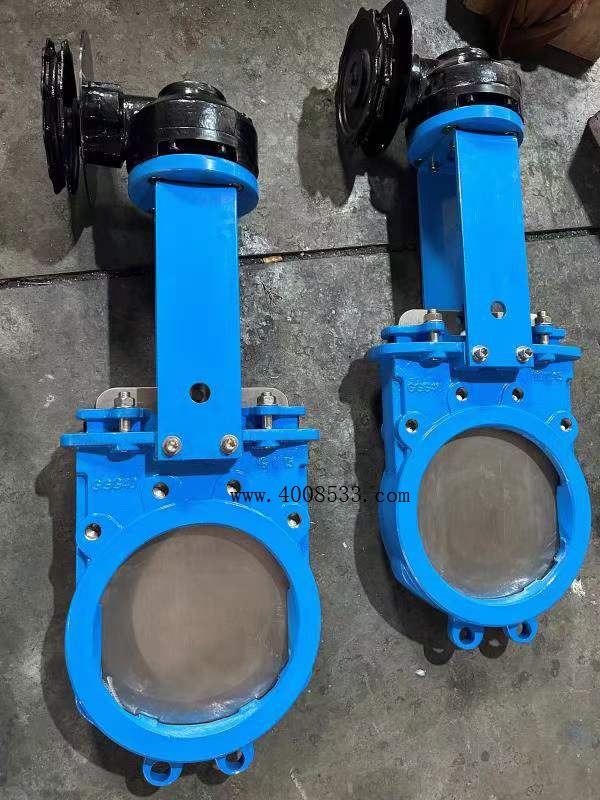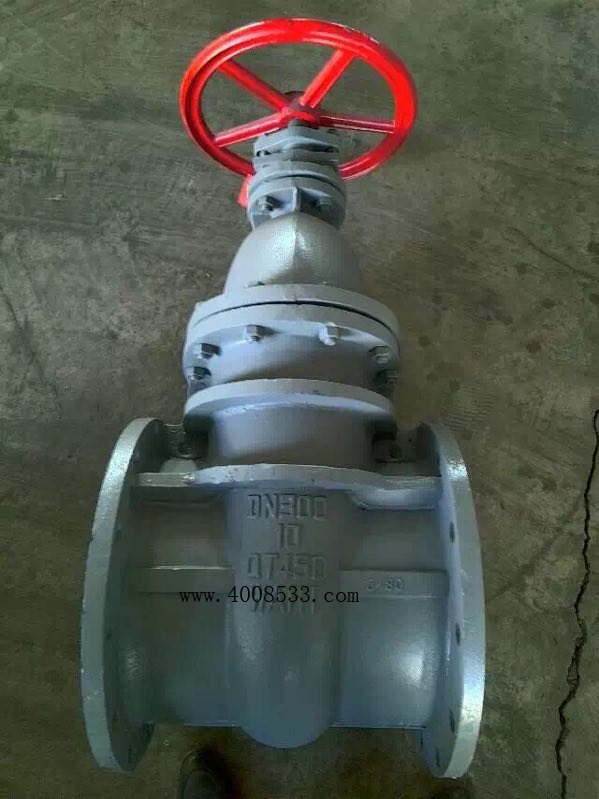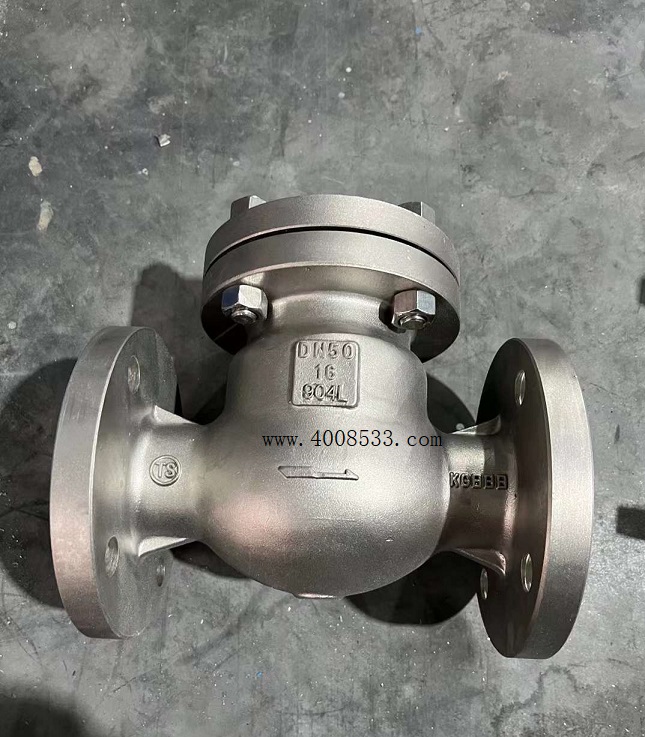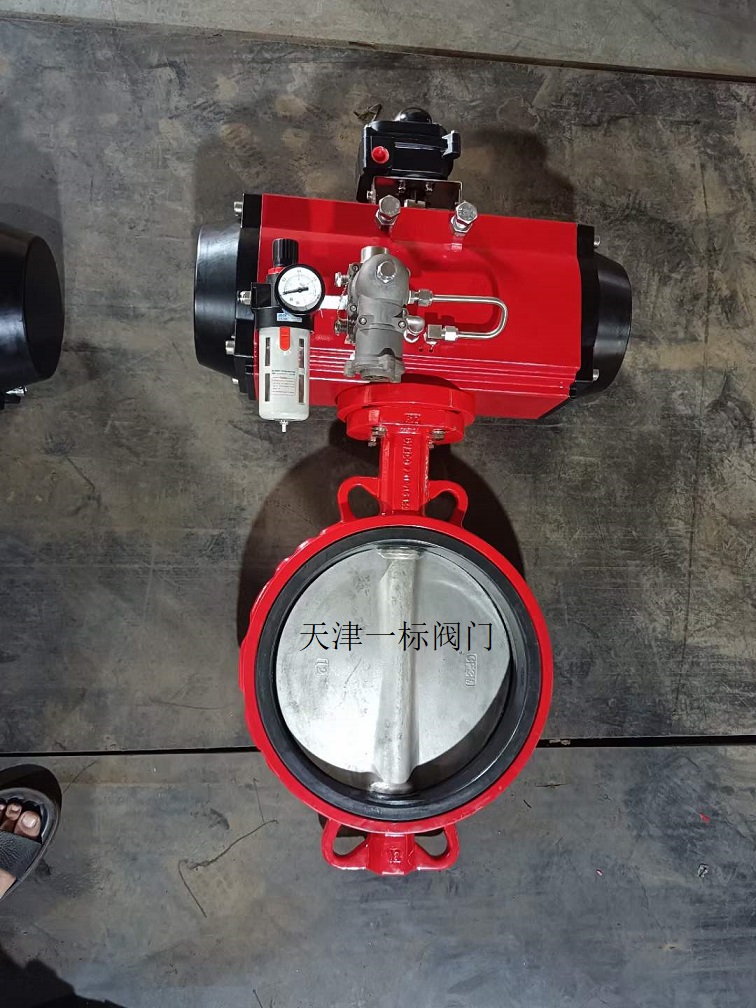diaphragm valve

Diaphragm valve is a special type of valve that controls the flow of media through a flexible diaphragm. Its core feature is to completely isolate the valve body from the driving components, making it suitable for controlling corrosive, high-purity, or particulate media. The following is a comprehensive information compilation:
1. Definition and Structure
Basic composition: It consists of three parts: valve body, diaphragm (made of elastic materials such as rubber/plastic), and valve head assembly. Some models include valve stem, actuator, etc.
Isolation design: The diaphragm separates the valve body cavity from the valve cover cavity, avoiding medium contact with the driving components and achieving zero leakage.
2. Working principle
Opening and closing method: The diaphragm is driven up and down by a valve stem or actuator (manual/pneumatic/electric), which blocks the flow channel when the diaphragm is pressed down and forms a passage when lifted.
Flow characteristics: Close to fast opening characteristics, approximately linearly adjustable within 60% of the stroke, with minimal flow changes after 60%.
3. Classification and Characteristics
By structure: ridge type, DC type, gate type, right angle type, etc. Among them, the ridge type has the smallest flow resistance and the gate type has better sealing performance.
Drive: manual (economical), pneumatic (fast response), electric (remotely controllable).
Core advantages:
Sealed without packing to prevent external leakage;
Strong corrosion resistance (such as fluorine lined diaphragm valves that can handle strong acids and alkalis);
Suitable for high viscosity or granular media.
4. Technical parameters
Pressure and temperature: nominal pressure ≤ 1.6MPa, working temperature -50~175 ℃ (limited by diaphragm material).
Applicable media: corrosive liquids (such as sulfuric acid, hydrochloric acid), high-purity fluids (pharmaceuticals, food), and media containing suspended solids.
5. Application Fields
Chemical/Pharmaceutical: Control highly corrosive media, such as fluorine lined diaphragm valves used in hydrofluoric acid pipelines.
Food/hygiene: Sanitary grade diaphragm valve (316L stainless steel+EPDM diaphragm) meets sterile requirements.
Environmental Protection/Water Treatment: Treating wastewater or fluids containing particles.
6. Selection and maintenance
Material selection:
Valve body: cast iron/cast steel (universal), stainless steel (sanitary grade);
Diaphragm: Nitrile rubber (oil resistant), PTFE (strong acid resistant).
Maintenance points: Regularly replace the diaphragm (vulnerable parts) and avoid organic solvents or high temperature environments.
选型建议





